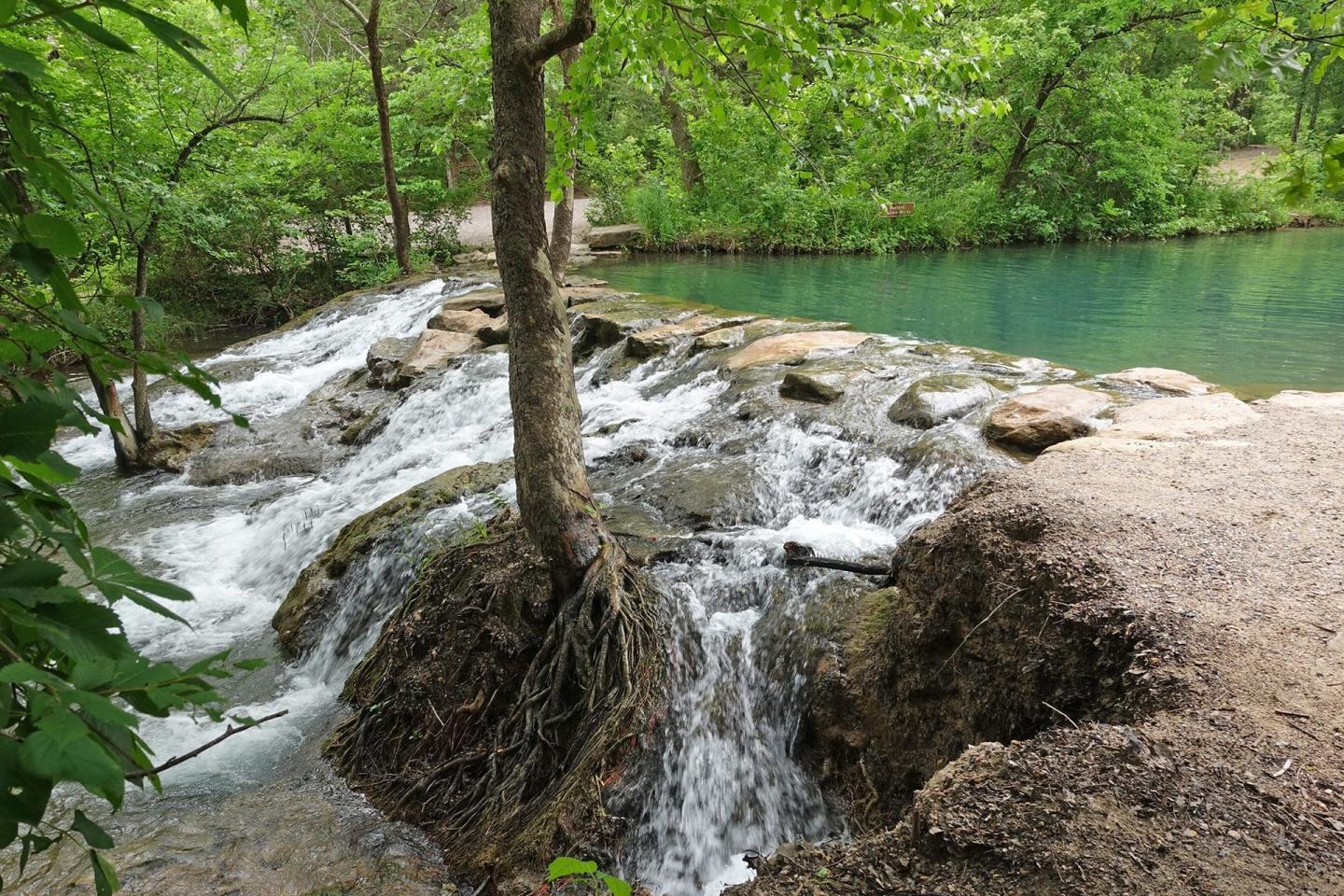
FAQs

Ready to plan your national park visit? Here are some answers to frequently asked questions to get you started.
Planning your national park visit with WNP
What is the best time of year to visit national parks in the West?
It depends on the park. Spring and fall often offer mild weather and fewer crowds. Summer is popular for high-elevation parks like Grand Canyon North Rim or Lassen Volcanic, while desert parks like Saguaro or Organ Pipe Cactus are best in cooler months. Read up on visiting parks in the shoulder season. Check each park’s page for seasonal tips.
Do I need a reservation or timed entry pass?
Some parks now require reservations or timed entry to manage visitation, especially during peak seasons. Most WNP parks do not require timed entry passes or permits, though campsites are often by reservation only. These rules vary by park and can change year to year, so check the official NPS website or our park-specific guides before your visit.
Can I bring my dog to a national park?
Pets are welcome in many areas but typically must remain on-leash and are restricted in some areas. Look for pet-friendly hikes and tips in our visitor resources for each park. Be sure to follow the code of the B.A.R.K Ranger.
- Bag your pet’s waste
- Always leash your pet
- Respect wildlife
- Know where you can go
How can I learn about the cultural history of the parks I visit?
WNP works with park staff and cultural experts to provide accurate, meaningful interpretation through visitor centers, exhibits, publications, products, and ranger programs. You can also explore our online stories and books for deeper insight.
Are there accessibility services available in the parks?
Yes. Many parks offer accessible trails, visitor centers, parking, and programs. WNP also supports accessibility through adaptive equipment and inclusive educational materials. Visit each park page and our itineraries to learn more.
Where can I find lodging or camping inside the parks?
Some parks offer campgrounds by reservation (or first-come, first-served) inside the park boundaries. Others may have campgrounds just off park grounds and close enough to feel like you're staying in the park. There are also accommodations in nearby in gateway communities if you're looking for in-door options. Check out our Gateway Cities for more information and inspiration.
What should I pack for a national park trip?
Pack for safety, comfort, and Leave No Trace principles. Essentials include water, sun protection, layers, maps, snacks, and sturdy shoes. Our blog and itineraries can help you prepare for different park environments. Know before you go and check for things like "Pack it in, pack it out" messaging.
Do I need a park pass, and where can I get one?
Most parks require an entrance fee, and some do not. You can buy daily, annual, or America the Beautiful passes at entrance stations and online. If you're planning on a summer of national park visits, we recommend purchasing an America the Beautiful pass. Proceeds support park programs and services.
How can I avoid crowds and enjoy a quieter visit?
Try visiting midweek, during shoulder seasons, or exploring lesser-known areas of popular parks. Many WNP parks are lesser-known hidden gems, so our parks are a great place to start if you want a trip off the beaten path. Our park pages and itineraries include tips on hidden gems and off-the-beaten-path experiences.
How does WNP support the parks, and how can I get involved?
WNP is a nonprofit partner of over 70 national parks. We support education, interpretation, and research through visitor center stores and programs. You can support our mission by shopping with us, donating, or becoming a member.



